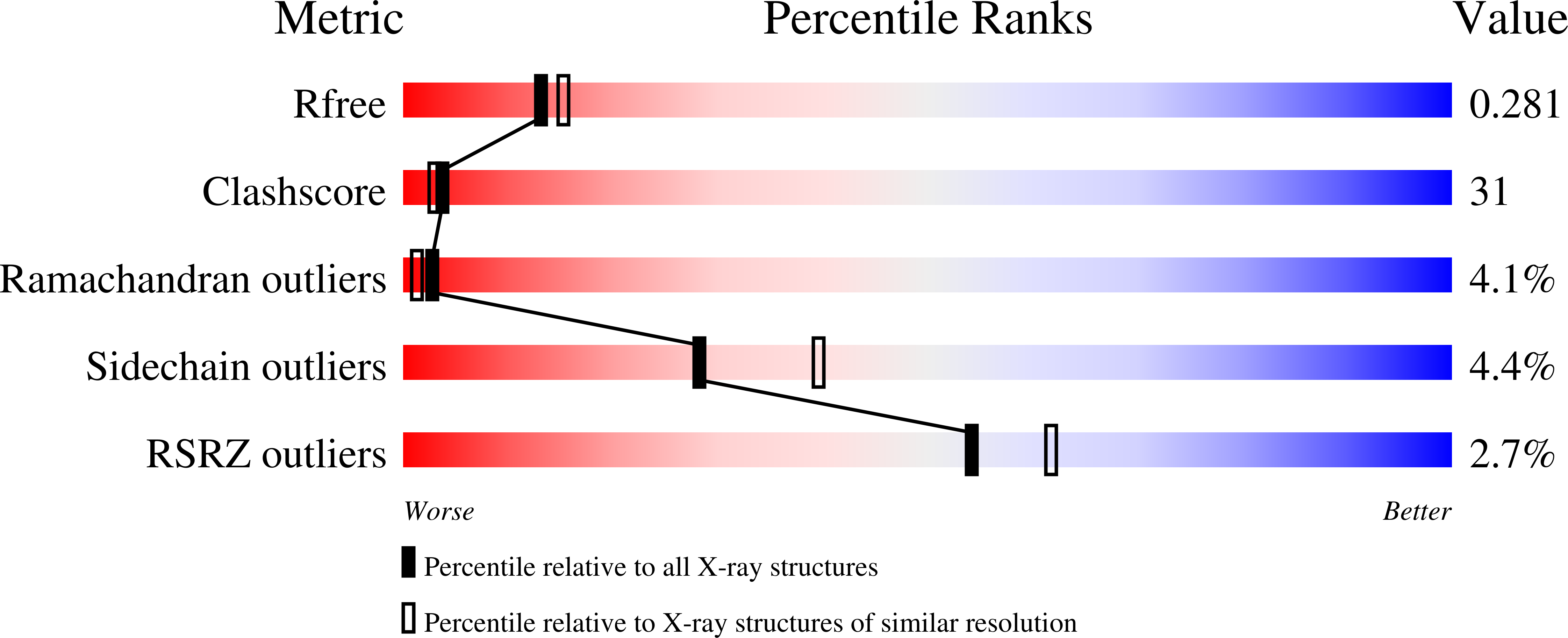
Deposition Date
2007-02-23
Release Date
2008-03-04
Last Version Date
2023-10-25
Entry Detail
PDB ID:
2EFQ
Keywords:
Title:
Crystal Structure of Thr134 to Ala of ST1022-Glutamine Complex from Sulfolobus tokodaii 7
Biological Source:
Source Organism:
Sulfolobus tokodaii (Taxon ID: 273063)
Host Organism:
Method Details:
Experimental Method:
Resolution:
2.30 Å
R-Value Free:
0.26
R-Value Work:
0.22
R-Value Observed:
0.22
Space Group:
I 4 2 2


